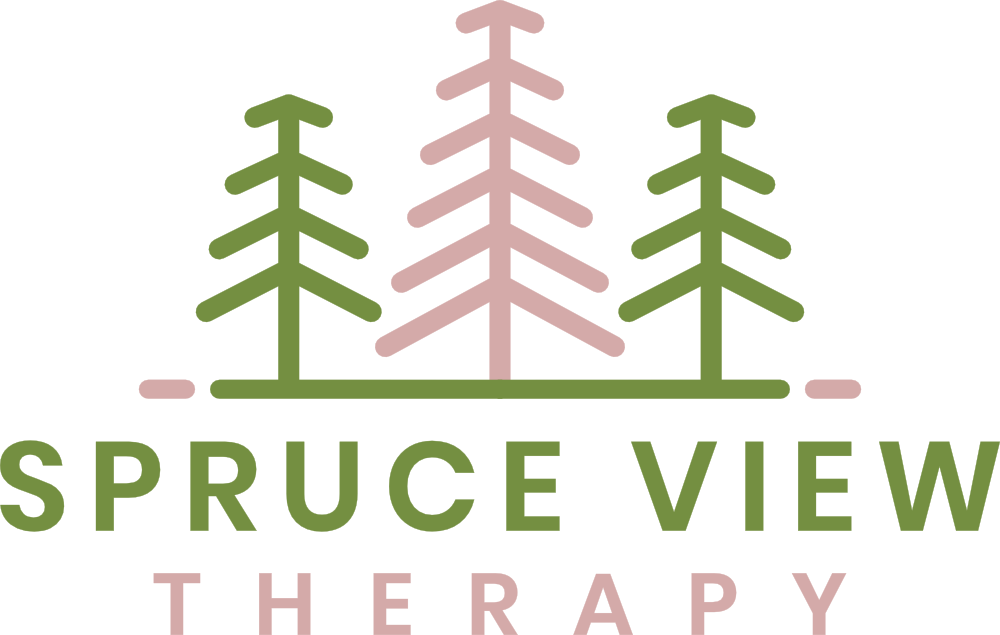Being Kind vs. People-Pleasing: Why Trying to Please Everyone Isn’t Helping Anyone
Have you ever said yes to something you didn’t want to do, and then felt that familiar mix of guilt, stress, and maybe even resentment? You might have thought you were just being “nice,” but there’s a big difference between being genuinely kind and people-pleasing. And here’s the thing: people-pleasing isn’t really helping anyone, not even the people you’re trying to please.
Being Kind vs. People-Pleasing: What’s the Difference?
Kindness comes from choice. It’s authentic, generous, and guided by your own values. You help because you want to, not because you feel trapped or obligated. For example:
You make dinner for a friend because it would genuinely make them happy, and you actually enjoy cooking.
You give a coworker constructive feedback because it will help them grow, not because you’re scared of conflict.
People-pleasing, on the other hand, is usually driven by fear, guilt, or enabling behavior. Maybe you’re afraid of disappointing someone, or you feel like saying “no” makes you a bad person. Maybe you just avoid conflict at all costs.
For example:
You let a friend decide everything: The restaurant, the movie, the time to meet. You don’t want to rock the boat or face disagreement. Sure, it seems like you’re being flexible, but really? You’re shifting the discomfort of decision-making onto them. That’s not kindness. True kindness is authentic, and it doesn’t put your discomfort on someone else.
You always agree to help a relative with errands or tasks, even when it stresses you out or don’t have time, because you feel guilty saying no.
Signs You Might Be People-Pleasing
Saying yes when you really want to say no.
Over-apologizing or making excuses for your choices.
Feeling responsible for other people’s emotions.
Avoiding decisions or deferring constantly.
Struggling to express your opinions or preferences.
Why People-Pleasing Doesn’t Actually Serve Others
You may think you're helping others, but people-pleasing can backfire. Here's how:
It communicates inauthenticity, even if you don’t mean it.
It prevents others from learning to meet their own needs.
It can create misunderstandings, dependence, or resentment in relationships.
It can enable unhealthy behaviors.
When you act from a place of choice rather than fear or guilt, everyone benefits. Authentic kindness allows for honest, trusting, and mutually respectful connections. Meanwhile, people-pleasing hurts your relationships.
The Costs of People-Pleasing
Emotionally: Constant people-pleasing can lead to burnout, guilt, resentment, and self-doubt. When you’re always putting others first, it’s easy to feel drained, overwhelmed, and disconnected from your own needs.
Relationally: People-pleasing can create one-sided relationships or cycles of enabling. Others may not know when you’re genuinely being kind versus when you’re just saying yes out of guilt. Over time, this can lead to resentment or even being taken advantage of.
Physically: Chronic overextending yourself takes a toll on your body. Stress, fatigue, and other health problems can creep in when you’re constantly prioritizing everyone else over your own well-being.
Why People-Pleasing Happens
People-pleasing often has roots in past experiences and trauma.
Maybe your needs weren’t prioritized, so you learned to make your needs small to stay safe or feel loved.
Maybe approval or affection felt conditional, so saying yes became a way to avoid losing connection or causing a rift.
From an Internal Family Systems (IFS) perspective, people-pleasing is often driven by a protective “part” of you. This part learned early on that keeping others happy would help you stay safe, avoid conflict, or gain approval. The intentions behind people-pleasing may be good, but this part of you can overstep and leaving you burned out, anxious, or disconnected from yourself. Recognizing this part as protective, not something “wrong,” can be a powerful first step toward setting boundaries and responding authentically.
Other influences can include perfectionism, low self-worth, or learned behaviors from family or cultural expectations. Over time, people-pleasing can feel automatic, almost like it’s just “who you are.”
Tips to Stop People-Pleasing
You can continue to be kind and help others. Of course, I absolutely value and support that. But people-pleasing is different. It’s not healthy, and it’s important to notice when you’re acting out of genuine kindness versus guilt, fear, or obligation.
Here’s how to shift toward authentic kindness without burning yourself out:
Identify your values and boundaries. Know what truly matters to you and where your limits lie.
Use assertive communication. Saying no or expressing a preference doesn’t make you mean; it makes you honest. You can set boundaries and be kind.
Use self-compassion. Guilt may show up, and that’s normal, but notice it without letting it control your choices.
Practice in small ways. Try saying no or sharing your opinion in low-stakes situations and see how it feels.
These shifts can help protect your well-being, reduce burnout, and make your kindness more genuine. When you act from a place of active choice, your relationships become more authentic.
How Therapy Can Help
Therapy is a safe space to explore why people-pleasing happens, especially when it’s tied to fear, guilt, or past trauma. In therapy, you can:
Understand your patterns and where they come from.
Build self-compassion and a stronger sense of self-worth.
Learn to set healthy boundaries and be more assertive.
Learn to respond authentically, instead of automatically reacting out of fear or guilt.
Clarify your values and needs.
Therapy isn’t about “fixing” you. It’s about reconnecting with your values and needs so that your kindness truly benefits both you and the people around you.
If you’re ready to explore your patterns of people-pleasing and start creating healthier, more authentic relationships, schedule a free consultation.
Michaela Zoppa is a Licensed Professional Counselor (LPC) in Colorado Springs, Colorado. She supports women and teen girls navigating anxiety, perfectionism, trauma, and burnout. She uses evidence-based, trauma-informed modalities, including EMDR and Internal Family Systems (IFS) therapy.




